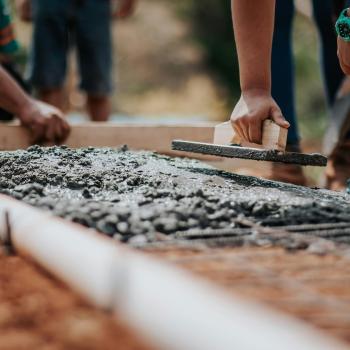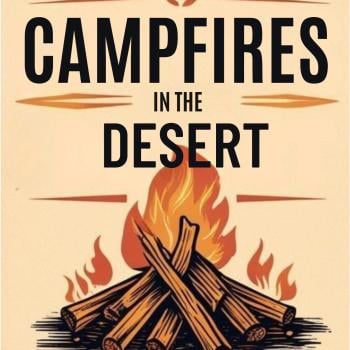The optimism gap was also found in an intriguing historical study. In the 1980s, journalism professor Nicholas Lemann found an archive of photographs taken in the 1940s. He tracked down many of the people in those photographs and interviewed them. Almost to a person they reported that their lives had gotten better since the photographs were taken forty years prior, but the great majority of them thought that American life, as a whole, had gone downhill during that same period.
The optimism gap also shows itself with specific issues. Since the early 1970s, the General Social Survey has asked Americans if their financial situation over recent years is getting better, worse, or staying about the same. Similarly, various national surveys have asked the same question about the national economy. Figure 1.4 plots the percentage of Americans who think that their own finances are getting better versus those who think the same about the economy. In every year but one, between 30% and 45% of respondents reported improvement in their own financial situation. In contrast, in most years, only 5% to 25% said the same about the national economy.
The crime rate also reveals an optimism gap. A 2007 Gallup poll asked respondents about the severity of crime nationwide compared to their local community. Over half, 57%, viewed crime nationwide as an "extremely" or "very" serious problem, but only 15% said the same about crime in their own community. So not only is the grass browner on the other side of the fence, but a lot of bullets are flying around there too.
Similar optimism gaps have been found with the environment, education, governmental officials, moral standards, poverty, hunger, homelessness, and health care. This led Humphrey Taylor, chairman of the Lou Harris & Associates survey organization, to summarize people's views on life as follows: "It is as though there are two different countries, the one people know personally, which they are happy with, and the one they see on television and read about in the newspapers, which they think is in bad shape."
Once you start paying attention to it, you'll be surprised at how often you witness this optimism gap in everyday life. For example, earlier this year I was asked to record my first book, Christians are Hate-Filled Hypocrites . . . And Other Lies You've Been Told, as an audio book. I spent several days at a recording studio and got to know the two young guys who owned it. At one point one of them asked me about my next book. When I told him that it examines whether the world is getting better or worse, he laughed and responded, "What could possibly be getting better?" He said this despite the fact that though only in his late twenties, he owns a successful business, drives a Mercedes, is happily married with a child on the way, and seems to be doing pretty well all around. How can he think the world is spiraling downward when his own life is going so well? The optimism gap.
Why does the optimism gap exist? Americans generally have positive views toward their own lives. We value self-esteem, and we display higher levels of it than citizens of other countries, such as China and Japan, who are raised to be more humble and self-effacing. Also, we might give less attention to local problems that affect us personally because they might be too frightening, whereas catching up on bad news someplace else in the world can take on a more recreational form.
---
This book closes the optimism gap by providing a more accurate-and in many cases more positive-view of what's going on in the world. It occurs to me, however, that another way to close this gap would be to write a book convincing you that your life is worse than you realize. Chapter 1: "Your family: They don't like you either." Chapter 2: "The nice stuff you own: Somebody is going to take it." But I think I'll stick with my original plan.
The Past and Future
Survey questions routinely ask Americans how they perceive the past and the future, and one thing is clear: both are better than the present-at least when we evaluate our nation. A 2009 study asked Americans how things are going in the United States now compared to five years ago, and only 5% of Americans said things now are better. Eighty-three percent said worse, and 10% said about the same. When asked to give their impressions of recent decades, Americans have an unfavorable opinion about their current decade. Fifty-seven percent of respondents in another 2009 study had a favorable opinion of the 1990s, 56% did of the 1980s, 40% the 1970s, and 34% the 1960s. When asked about the year 2000, only 27% had a positive impression of it.
Likewise, Americans tend to be relatively optimistic about the future, though perceptions of the future vary from year to year. In a 2008 poll, 39% of Americans said that the United States would be better off in five years, compared to 34% who said it would be worse. Just one year later, in 2009, 61% said it would be better, versus 19% who said it would be worse. A 2010 Gallup poll asked Americans about different aspects of American life and whether these aspects would be better, worse, or about the same in twenty years. Respondents were most optimistic about the future regarding national security, Americans' hard work, race relations, health, and health care. They had mixed feelings about future standards of living and the functioning of democracy, and they reported pessimism about only one issue: the state of moral values.




